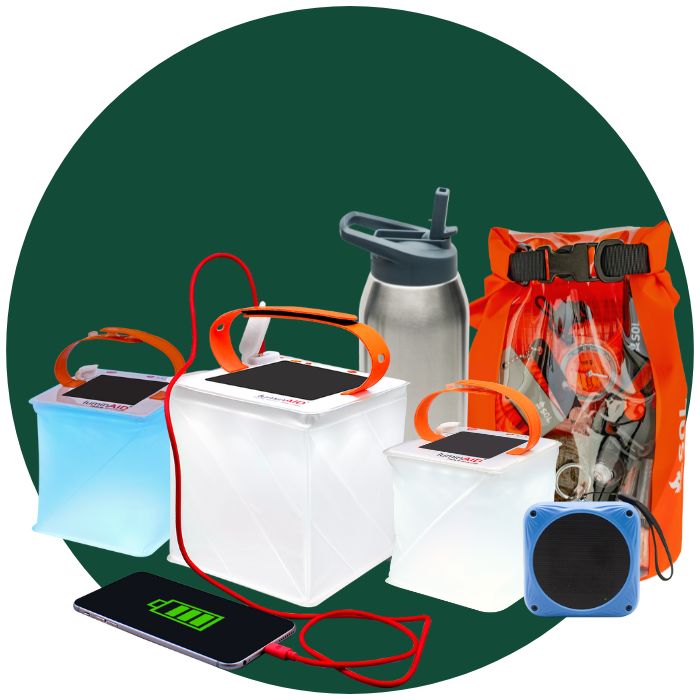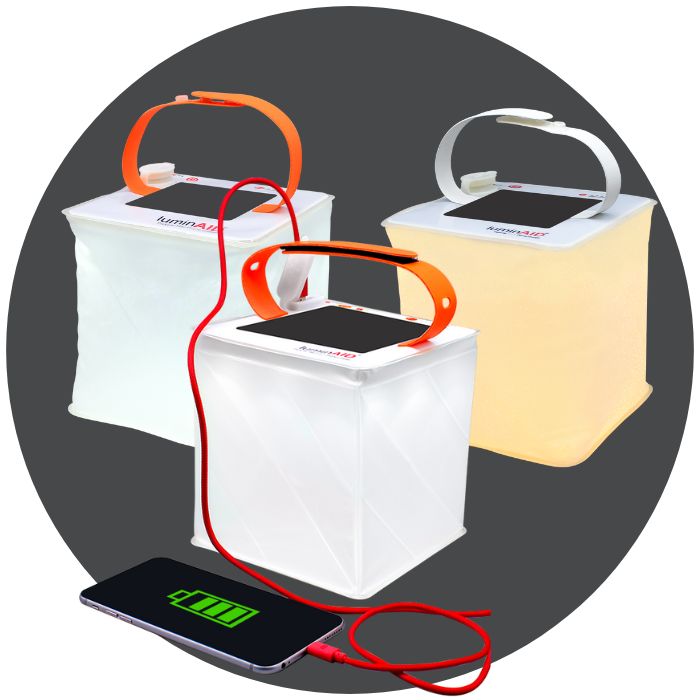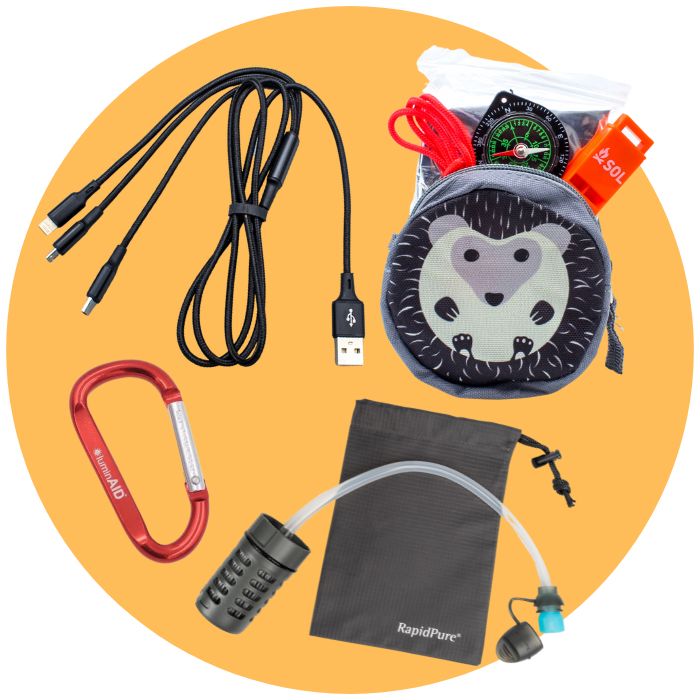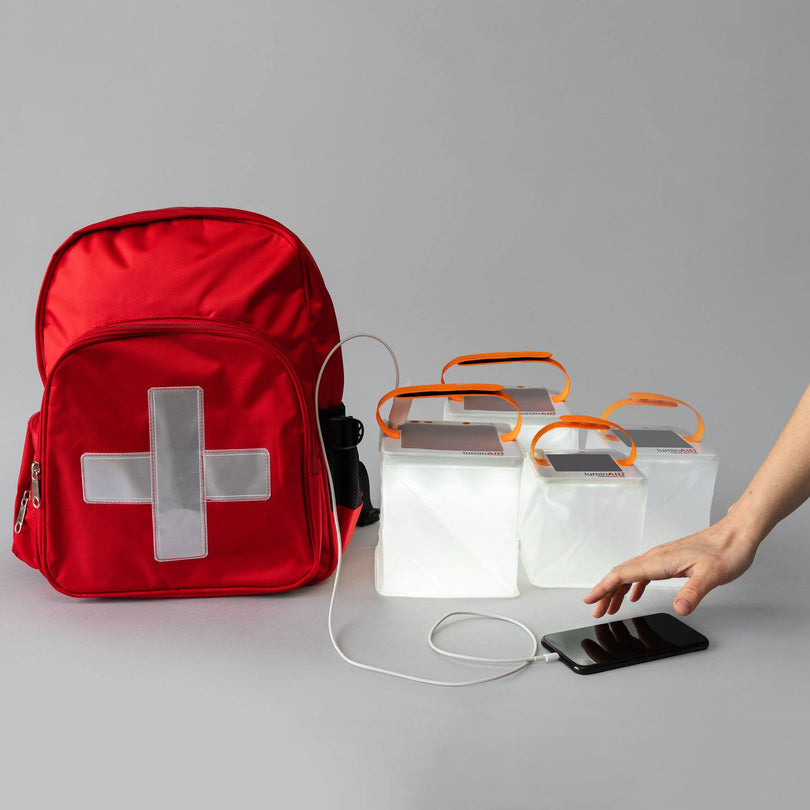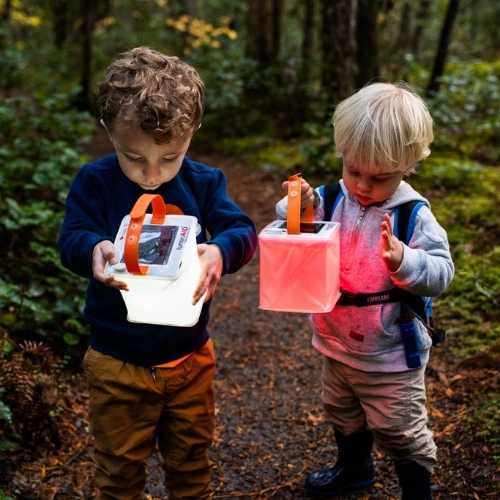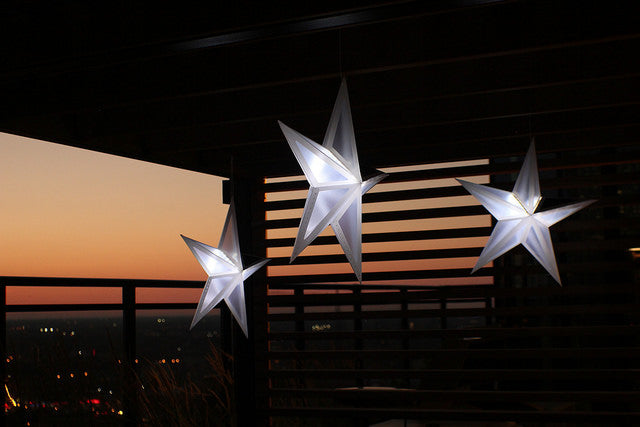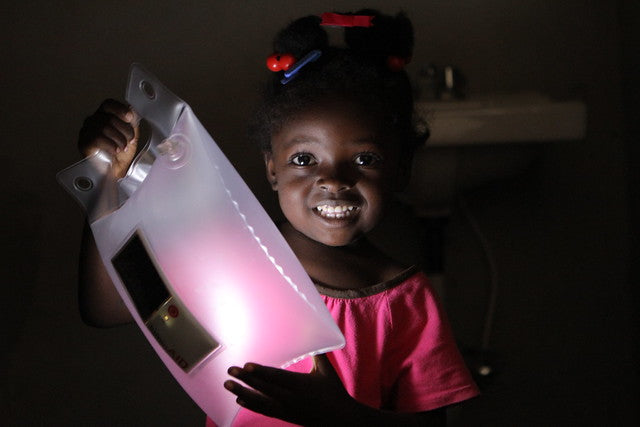An estimated 263 million children are out of primary and secondary school worldwide.
Insufficient, unreliable, and dangerous lighting can be a limiting factor for many areas already struggling to provide accessible education to children. Solar lanterns allow schools to offer teaching times that would have previously been limited by cloudy weather or the high costs of fuel. Children in developing countries benefit from access to solar lighting as a safe resource for at-home learning--being able to safely read or study after school hours provides a simple educational advantage previously limited by weak and unsafe light sources.
LuminAID solar lights are used in a number of schoolrooms worldwide, including in Malawi, Syrian refugee camps, Tanzania, and Uganda. In one poignant example, non-profit Focus Africa followed up with a boy named Isaac in Zambia who had received a LuminAID lantern. Isaac was previously unable to do homework in his home with no electricity, but after receiving the LuminAID lantern Isaac was finally able to study at home and improved an entire letter grade in a single semester.

Above: Schoolchildren in Laos holding lights distributed by Pencils of Promise
LuminAID solar lights are free-standing, portable, and perfectly sized for independent and versatile use by children, regardless of the studying environment. Access to safe light without recurring fuel costs increases children’s study hours outside of school and encourages their educational success. By partnering with education-focused NGOs such as the Kikulu Foundation (Uganda) and Pencils of Promise (Laos), collaboration is the cornerstone of LuminAID’s mission to boost school attendance rates and kids’ educational prospects.
With LuminAID’s mission, we want to chip away at that 263 million until every child has access to the education needed to unlock their potential.

